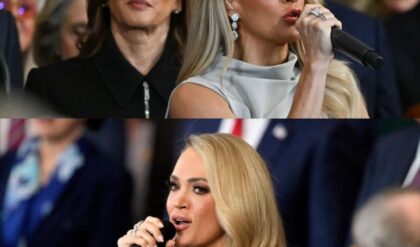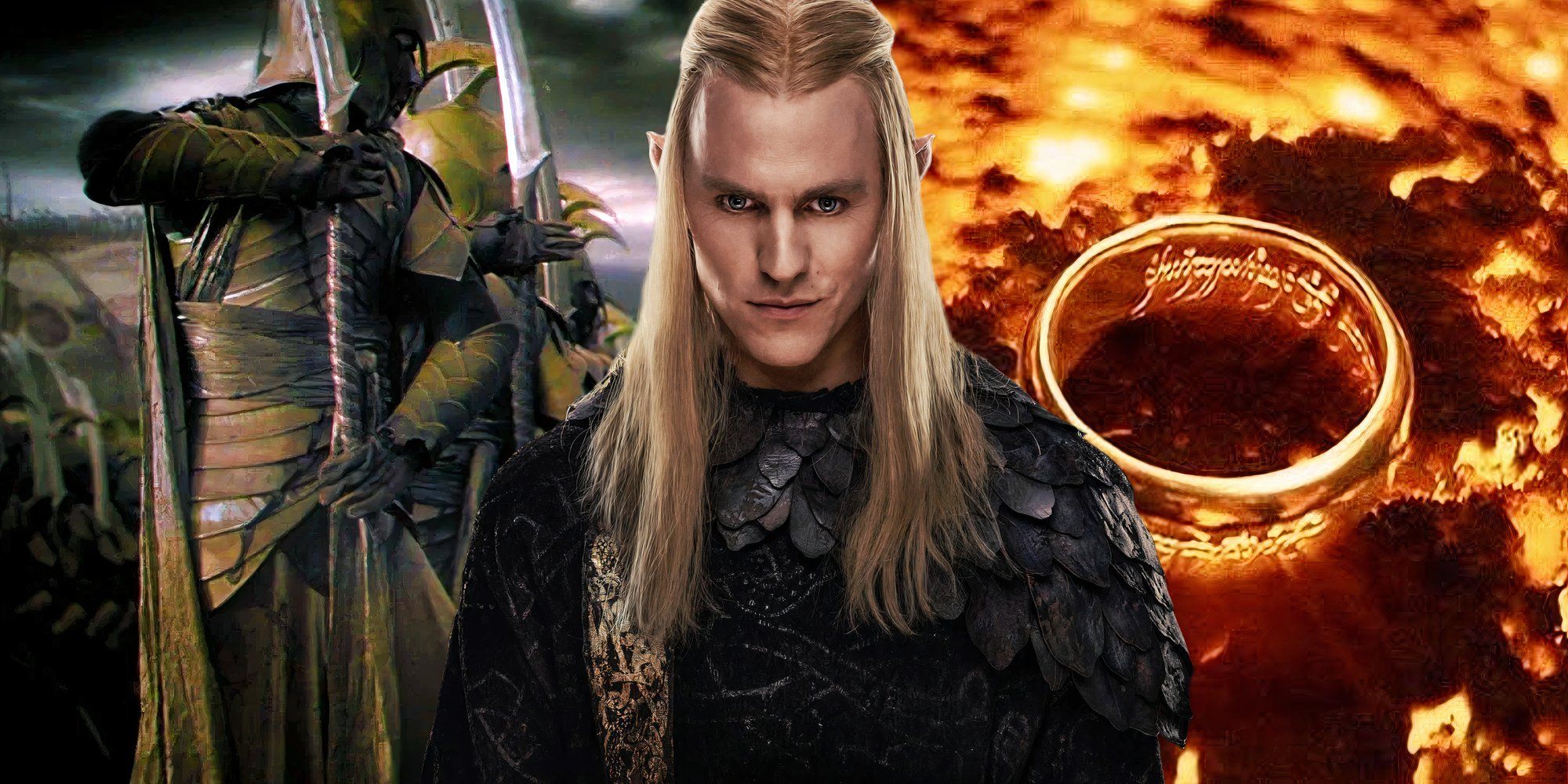
Peter Jackson’s The Hobbit and The Lord of the Rings trilogies are then set in the Third Age, detailing Sauron’s final grasp for the One Ring. Each of these adaptations is versed in the world of original author J.R.R. Tolkien, telling the story he crafted for Sauron in the 20th century. As such, the chronology of the Lord of the Rings movies and shows follows that of Tolkien’s writings, from the successes and victories of Sauron to his setbacks and defeats at the hands of Middle-earth’s free peoples.
Sauron Was Forced Into Surrender By Lúthien & Huan
The Quest For The Jewels Resulted In Sauron’s First Major Defeat
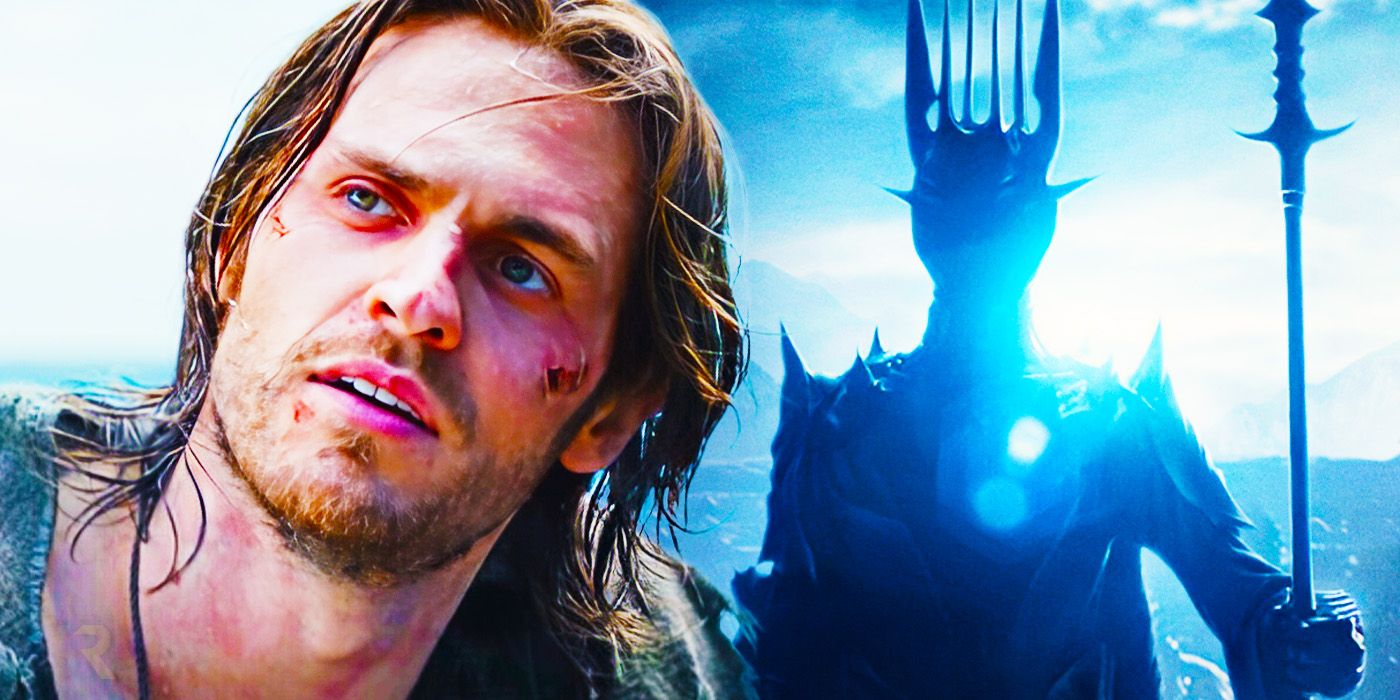

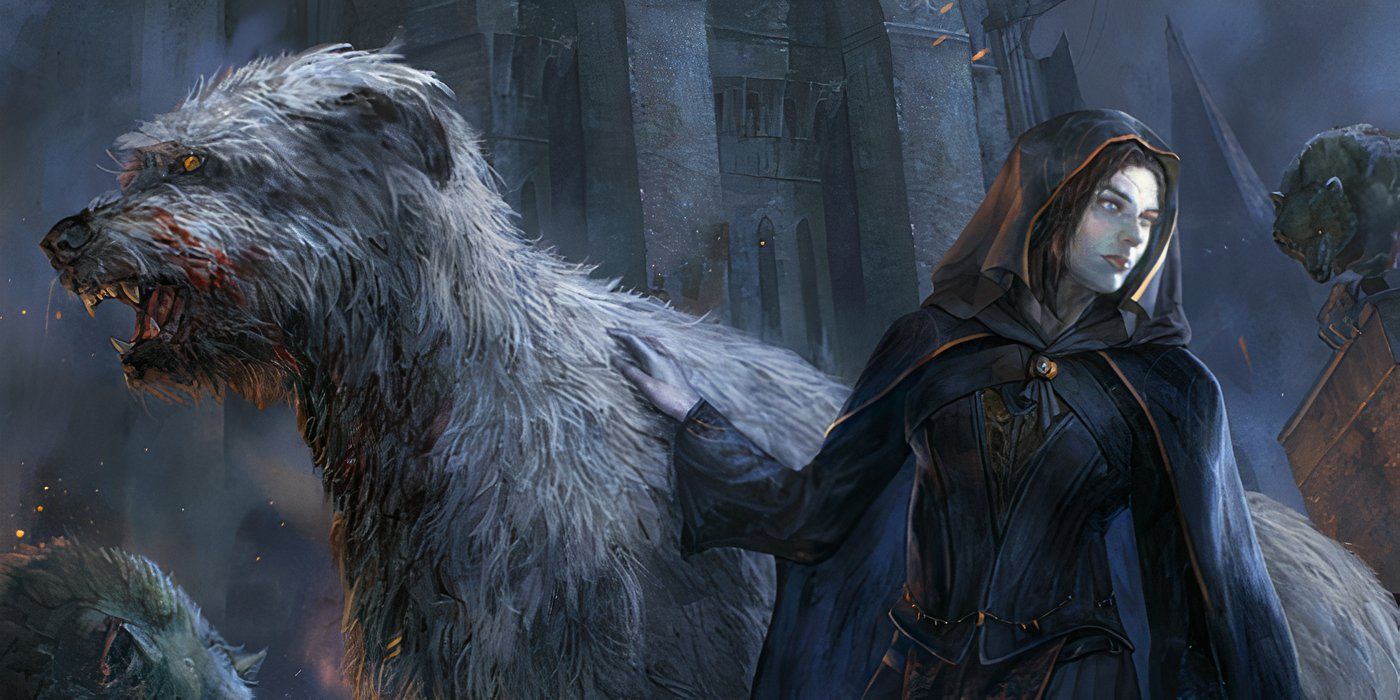



In the First Age of Middle-earth, Sauron was not the dark lord he was in the Second and Third Ages. Instead, Sauron was the servant of Morgoth, the greatest foe in Tolkien’s universe. Sauron conducted Morgoth’s war against Middle-earth, waged primarily in the long-lost land of Beleriand over the Great Jewels known as the Silmarils. During this war, Sauron was based in a fortress on the island of Tol-in-Gaurhoth and captured Beren, a hero mentioned by Sauron in The Rings of Power season 2. Beren sought a Silmaril as a token of his love for Lúthien, an elf maiden.
However, Sauron captured Beren and Galadriel’s brother Finrod, prompting Lúthien to travel to Tol-in-Gaurhoth to save him. On her journey, she met Huan, a great hunting dog sent by one of The Lord of the Rings‘ Valar, Oromë. Sauron desired to capture Lúthien as a gift for Morgoth, striding out to meet her and Huan in the form of a great werewolf, as it was prophesied that the latter could not be killed unless it was by the greatest wolf that ever lived.
The three then engaged in a lengthy battle; Lúthien used her powerful magic to enchant Sauron with weariness as he and Huan faced off. Eventually, Huan took Sauron by the throat and the servant of Morgoth could not escape. Lúthien demanded Sauron yield control of Tol-in-Gaurhoth and the enemy did so, fleeing to a forest called Taur-nu-Fuin in the form of a great vampire. Lúthien found Beren and the body of Finrod, healing the former and burying the latter, marking Sauron’s first major defeat in The Lord of the Rings.
Sauron & Morgoth Were Defeated In The War Of Wrath At The End Of The First Age
Sauron’s Power Was Greatly Depleted In The Final Battle Of The War Of The Great Jewels
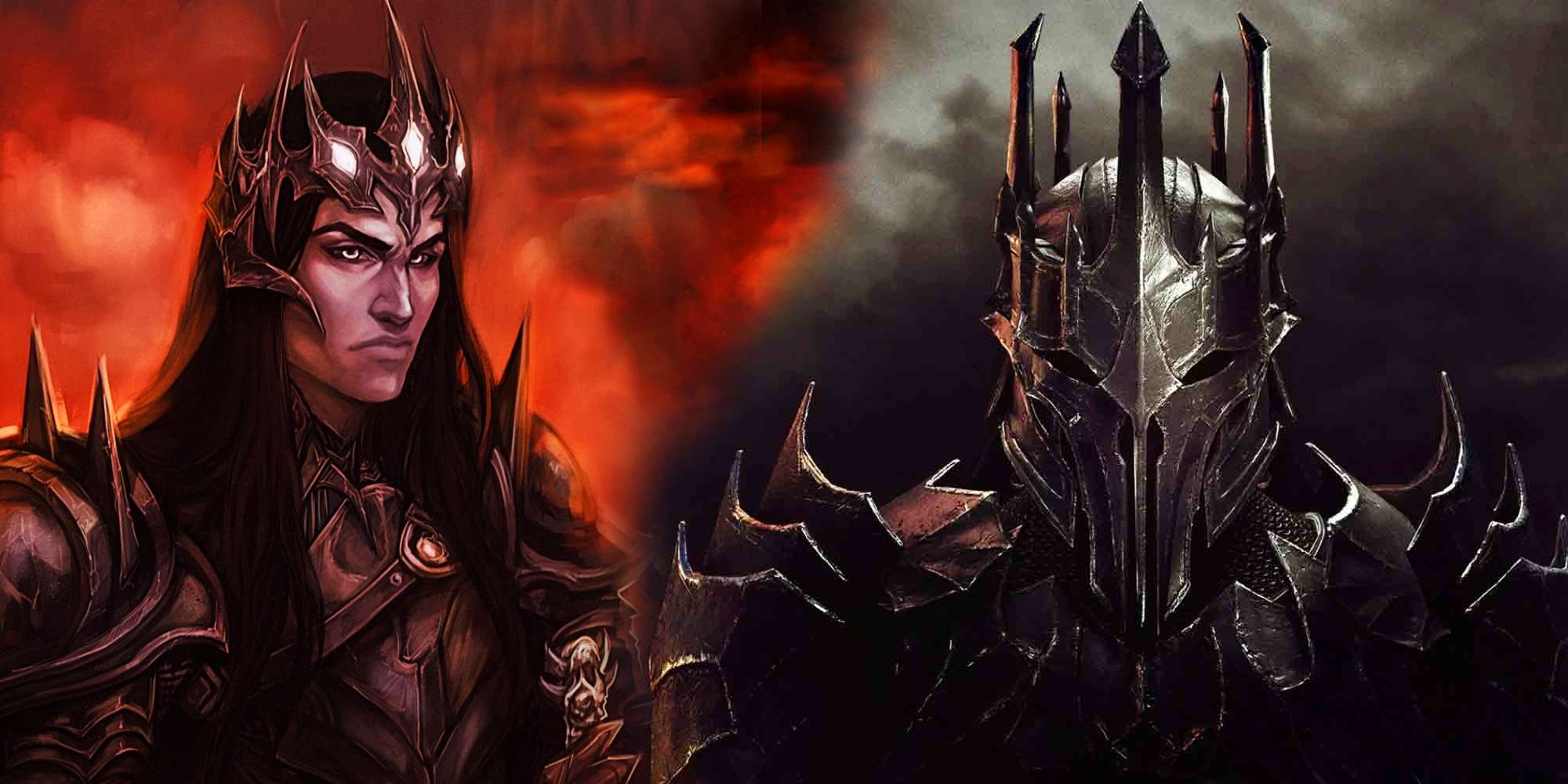
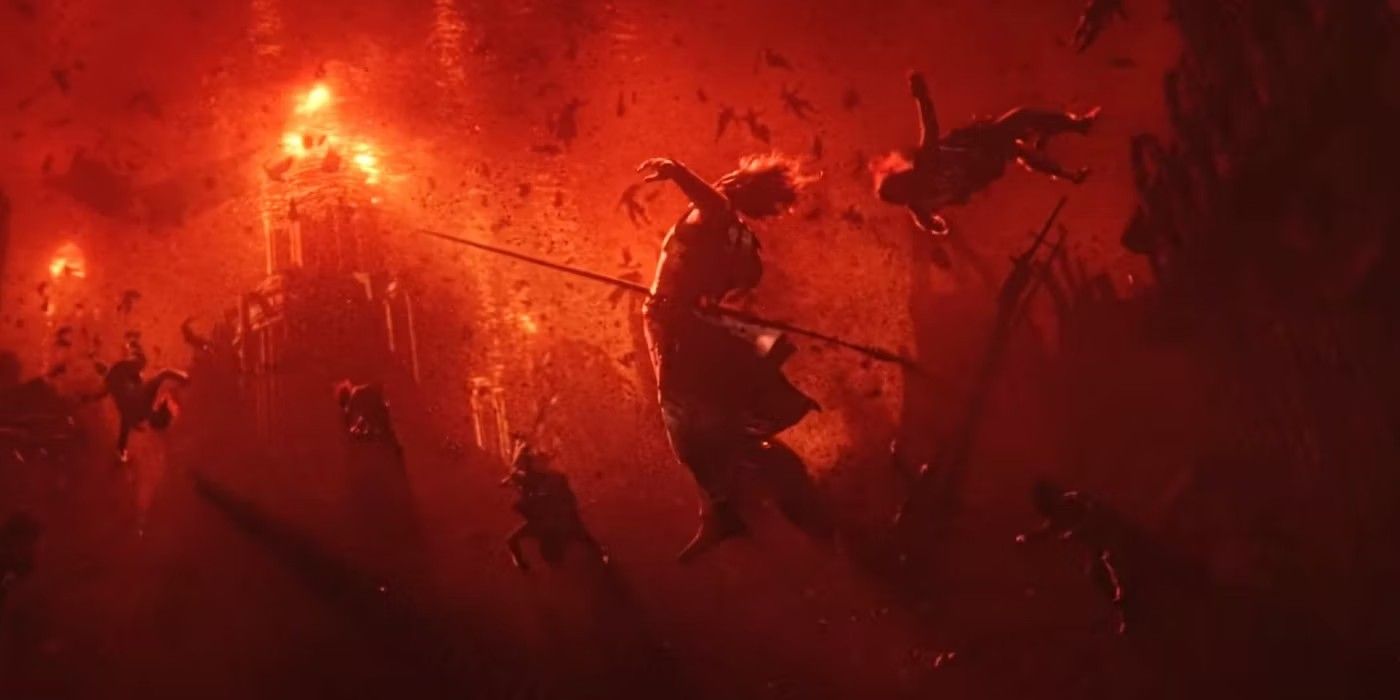
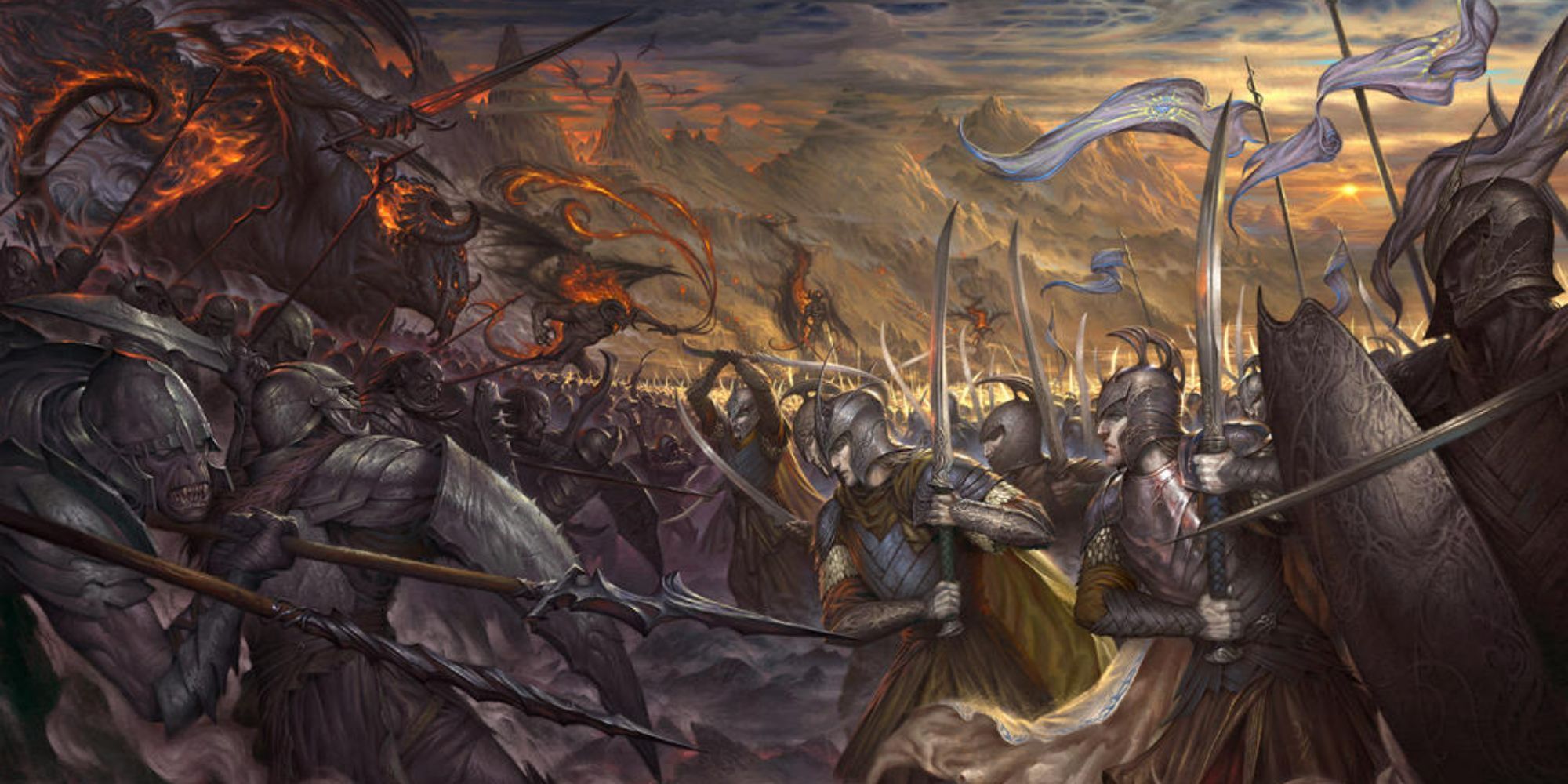
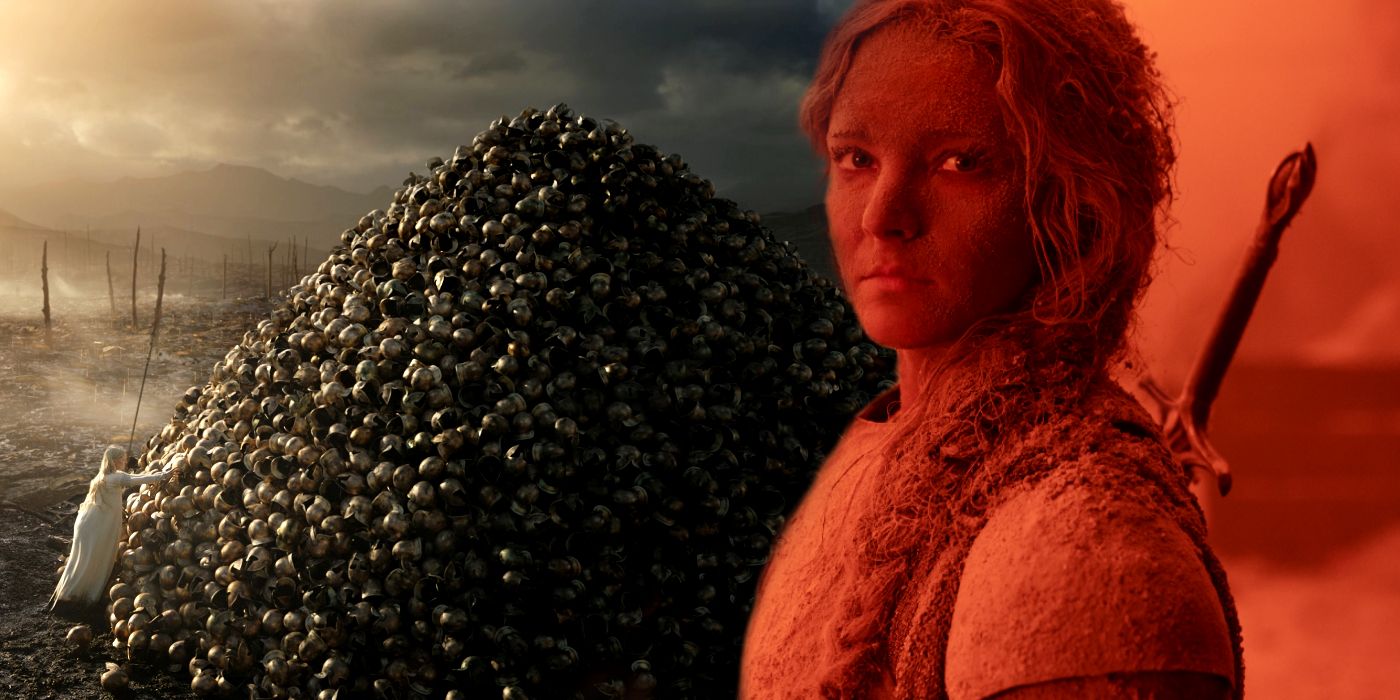
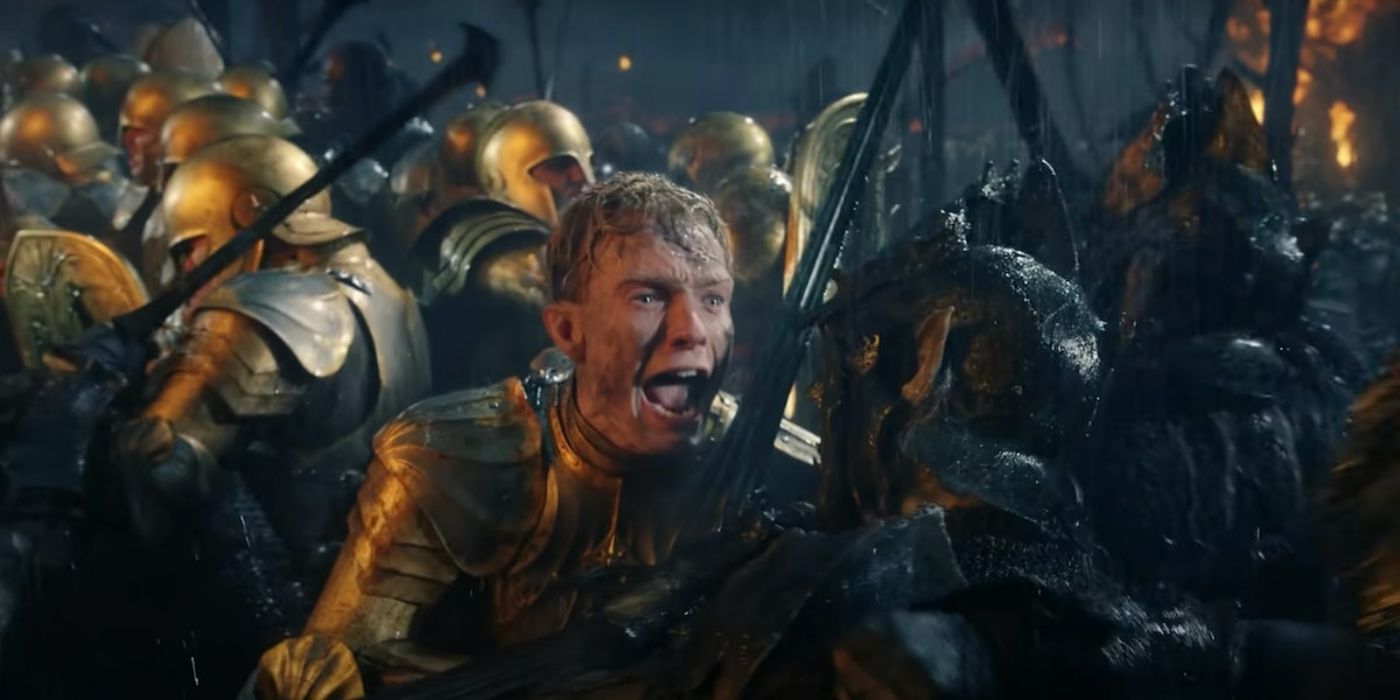





The defeat Sauron faced at the hands of Lúthien and Huan was only one smaller event that took place in the War for the Great Jewels. The final battle of this conflict took place centuries after Sauron’s first loss, as a host of Valar, elves of Valinor, noblemen of Middle-earth known as the Edain, and Great Eagles assembled to face Morgoth’s combined forces. This culminated in The War of Wrath, one of the biggest battles in The Lord of the Rings history, resulting in Morgoth’s defeat and banishment to the Timeless Void.
Interestingly, Tolkien’s writings do not indicate that Sauron physically fought in this battle himself. Between his defeat to Lúthien and Huan, little is mentioned of Sauron’s activities. However, the servant of Morgoth still suffered a great defeat due to his master being banished. After The War of Wrath, Sauron took a fair form and fled to Middle-earth, hiding away until he could regain power for himself now that Morgoth was defeated.
Sauron Was Defeated In The Second Age At The Battle Of The Gwathló
The Dark Lord Suffered A Major Loss In The War Of The Elves & Sauron
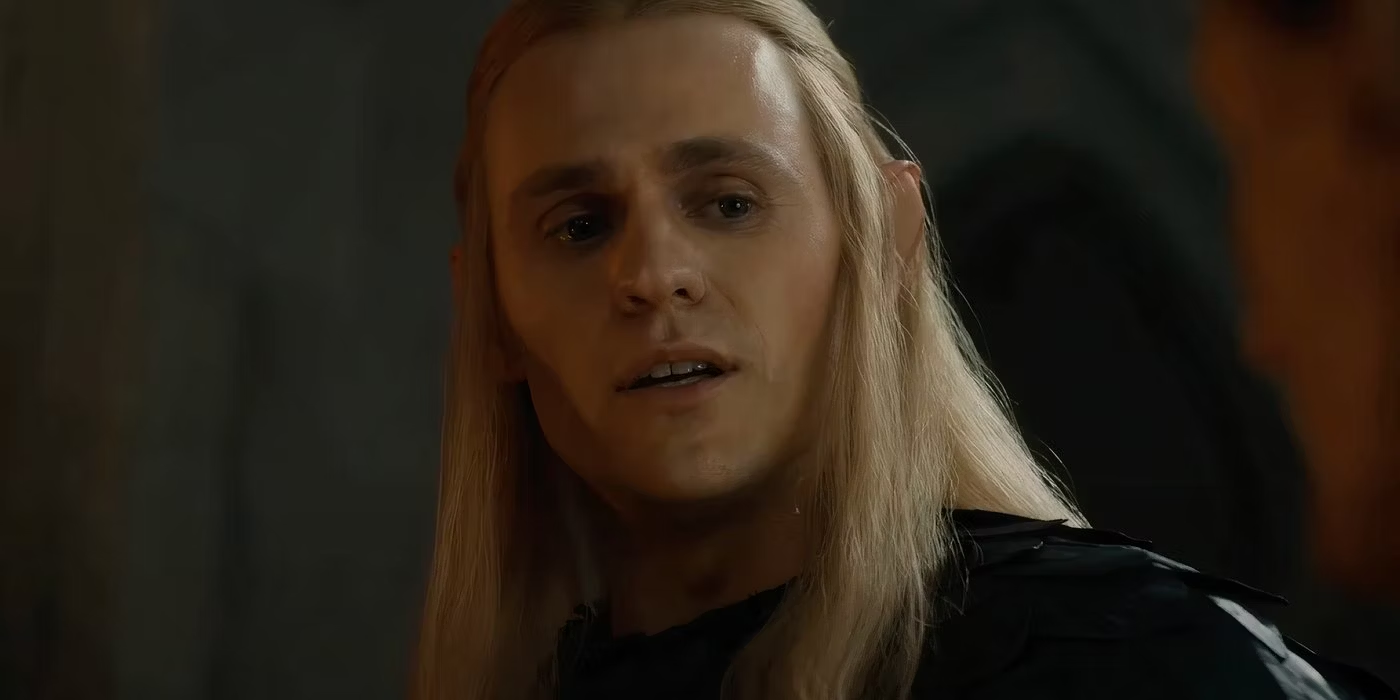
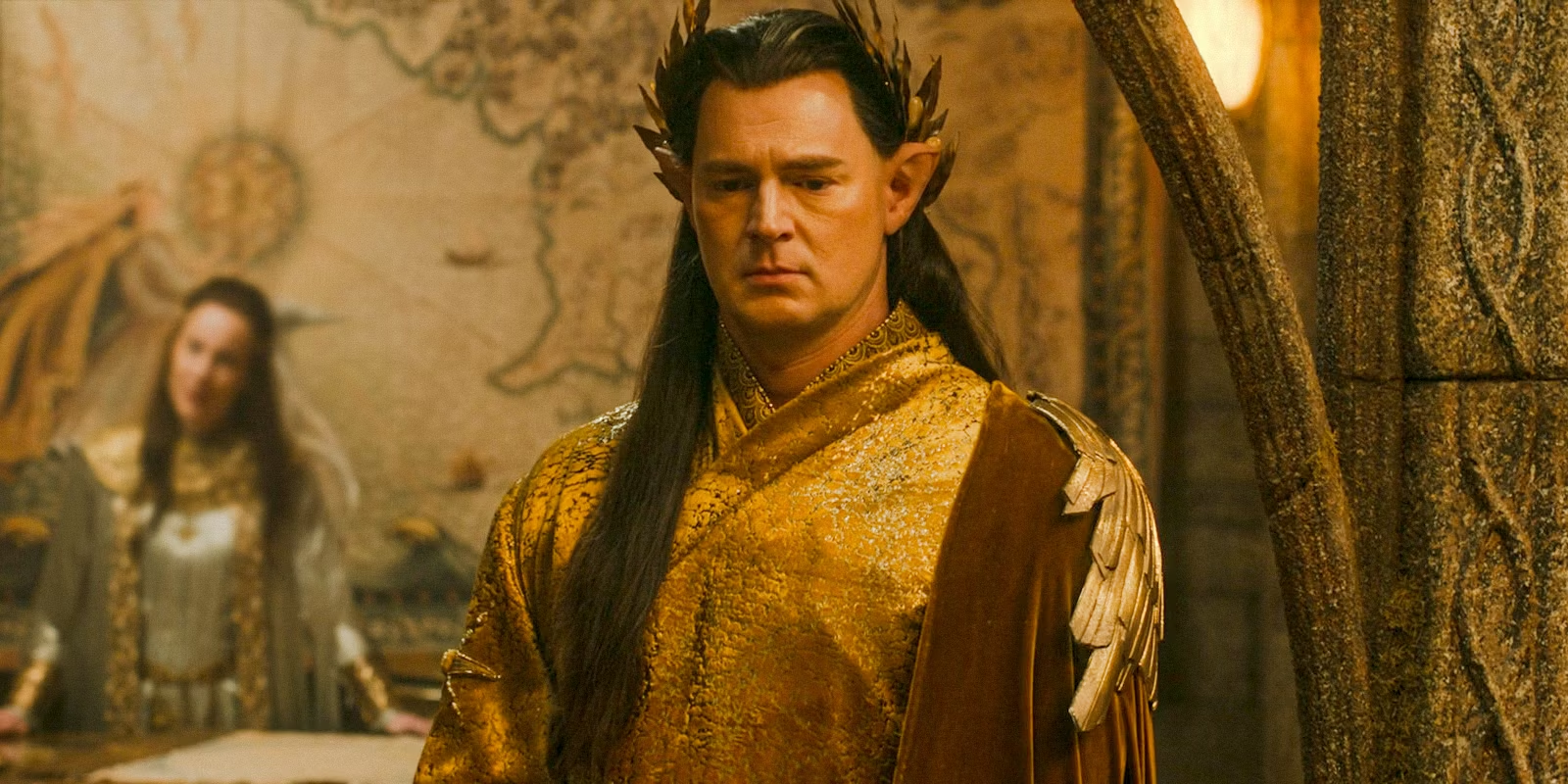
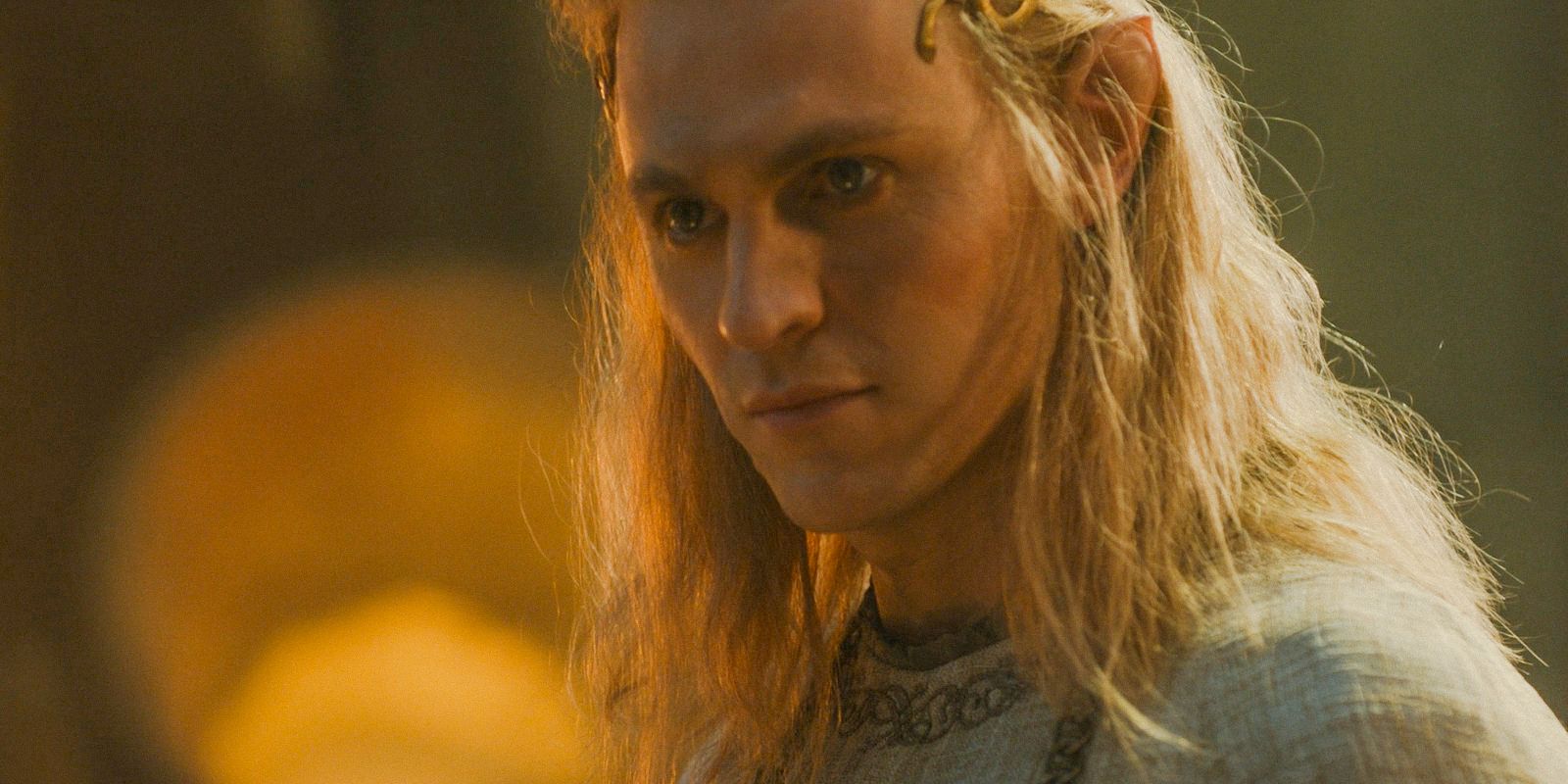
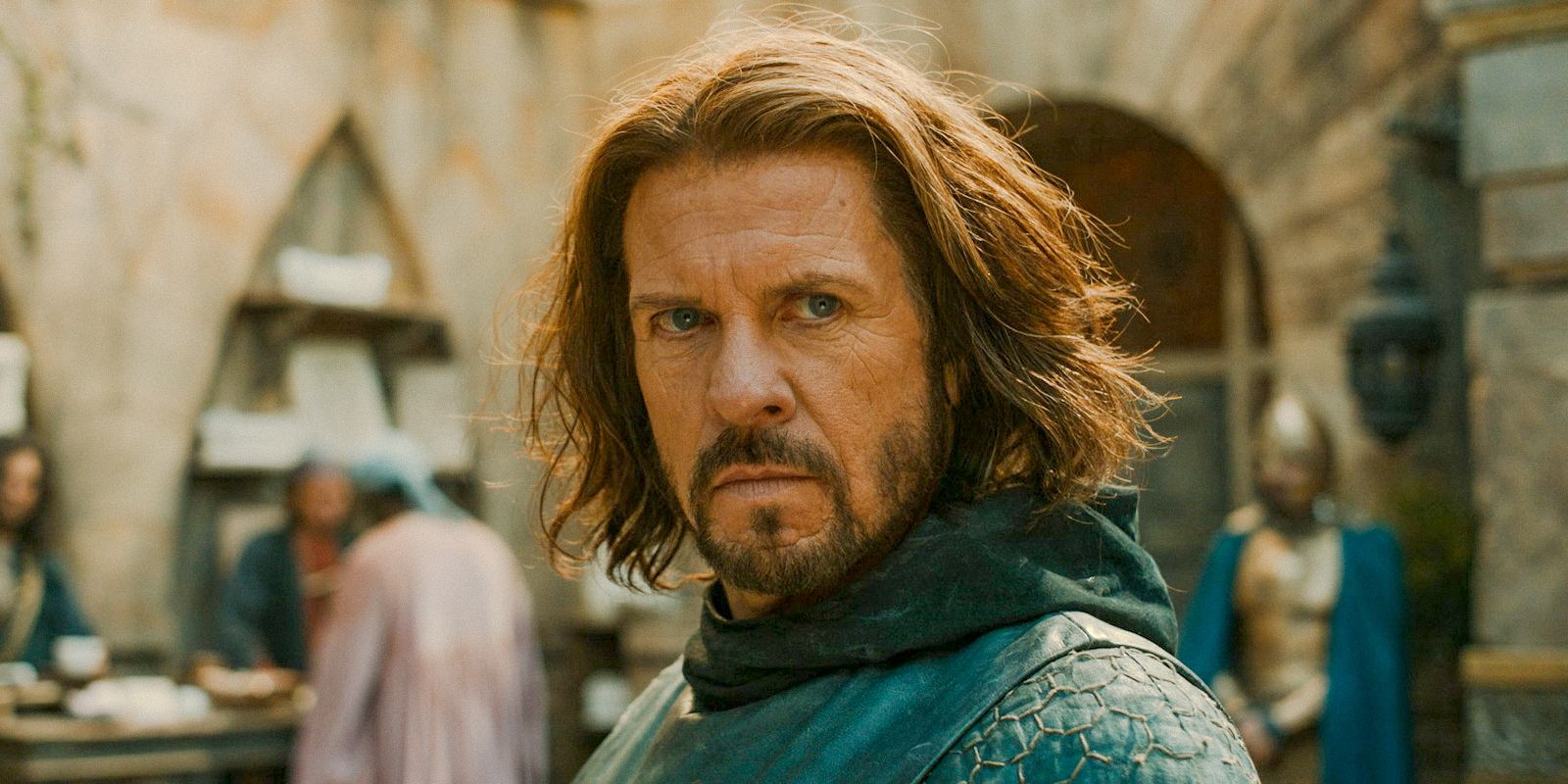
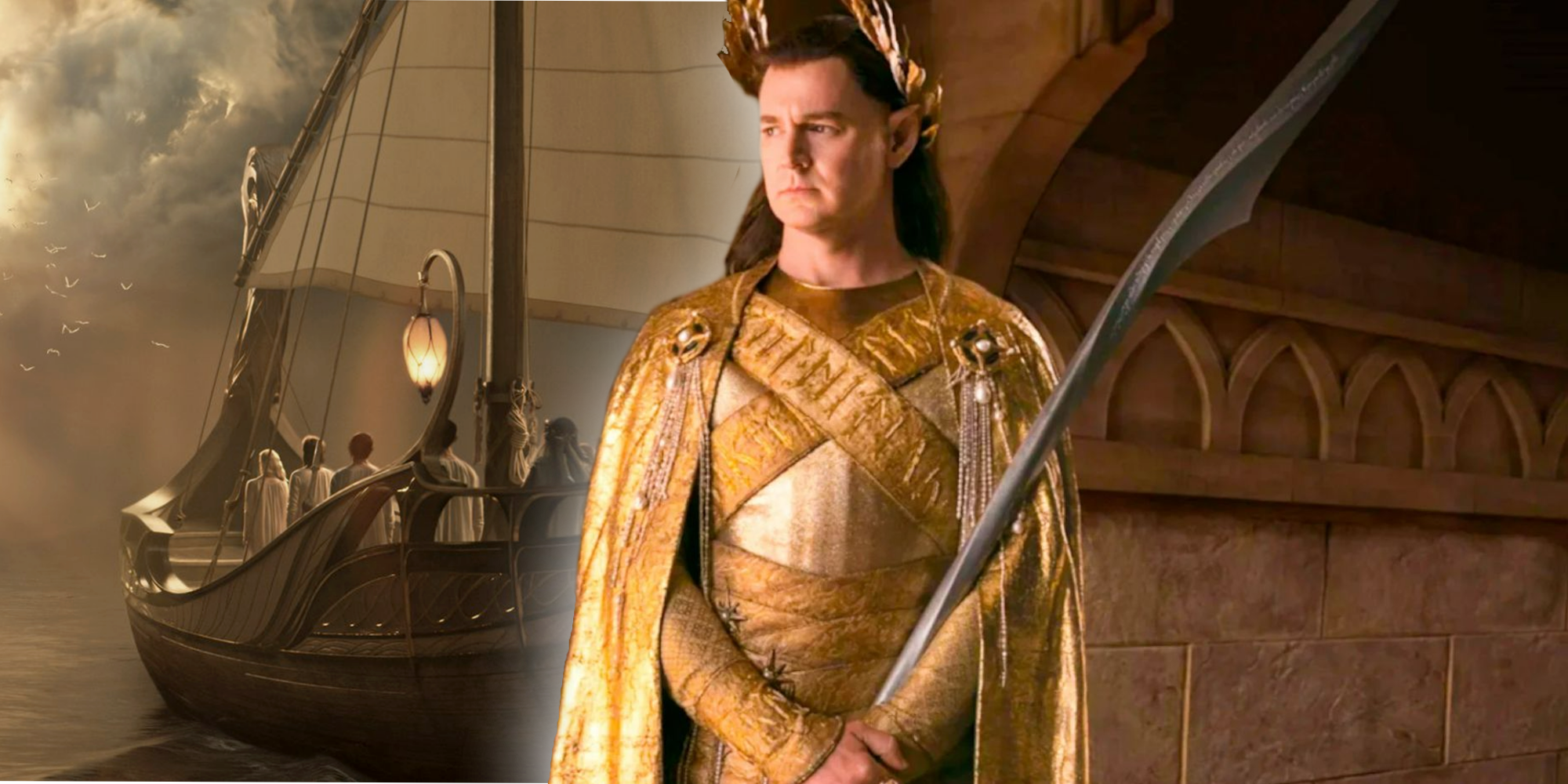





For thousands of years after The War of Wrath, Sauron worked in secret to regain his power and formulated a plan to dominate Middle-earth. This plan involved The Lord of the Rings’ 20 Rings of Power, which he manipulated the elven smith Celebrimbor into crafting. Eventually, Sauron struck out against the elves of Middle-earth to claim the Rings in the Siege of Eregion, outlined in The Rings of Power season 2’s timeline. This began The War of the Elves and Sauron, with the dark lord succeeding in claiming most of Eriador after Eregion’s destruction.
As Sauron’s power grew, the only remaining elven strongholds were the capital of Lindon and the newly-founded valley of Rivendell. Sauron sent his forces to lay siege to the latter while marching upon the Line of Lhûn, a river-based defensive position that, if taken, would allow access to Lindon. Sauron fought against the waning forces of the elven High King Gil-galad. The dark lord’s victory looked certain until a force arrived from Númenor. This cohort not only reinforced Gil-galad’s army but also attacked Sauron’s troops in the rear.
This became known as the Battle of the Gwathló, as Sauron was pushed further and further southeast by Gil-galad and the Númenóreans, led by Elendil. Sauron eventually was left with only a small host of bodyguards and was forced to flee. The dark lord retreated to Mordor, marking a decisive victory for the free peoples of Middle-earth in The War of the Elves and Sauron, and a decisive Second Age defeat for the latter.
Sauron’s Spirit Was Greatly Weakened During The Fall Of Númenor
Suaron’s Defeat In The Battle Of The Gwathló Saw Him Turn His Eye To Númenor
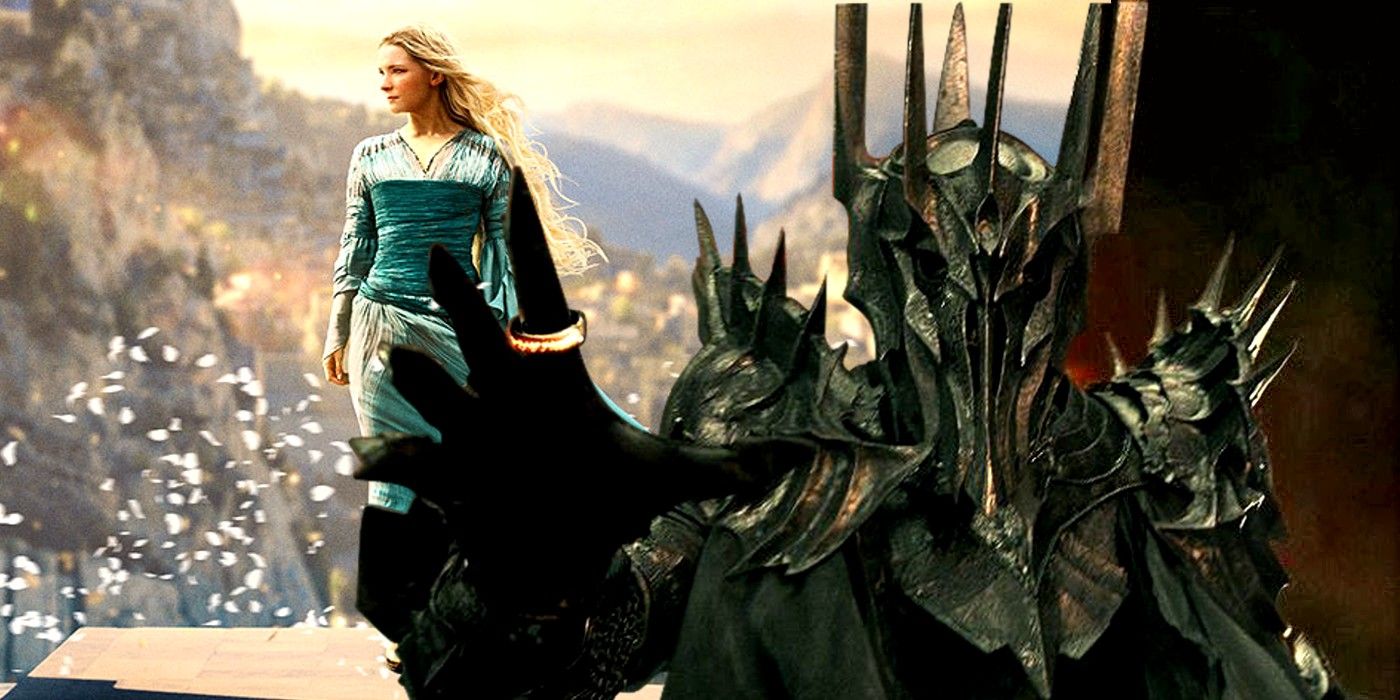
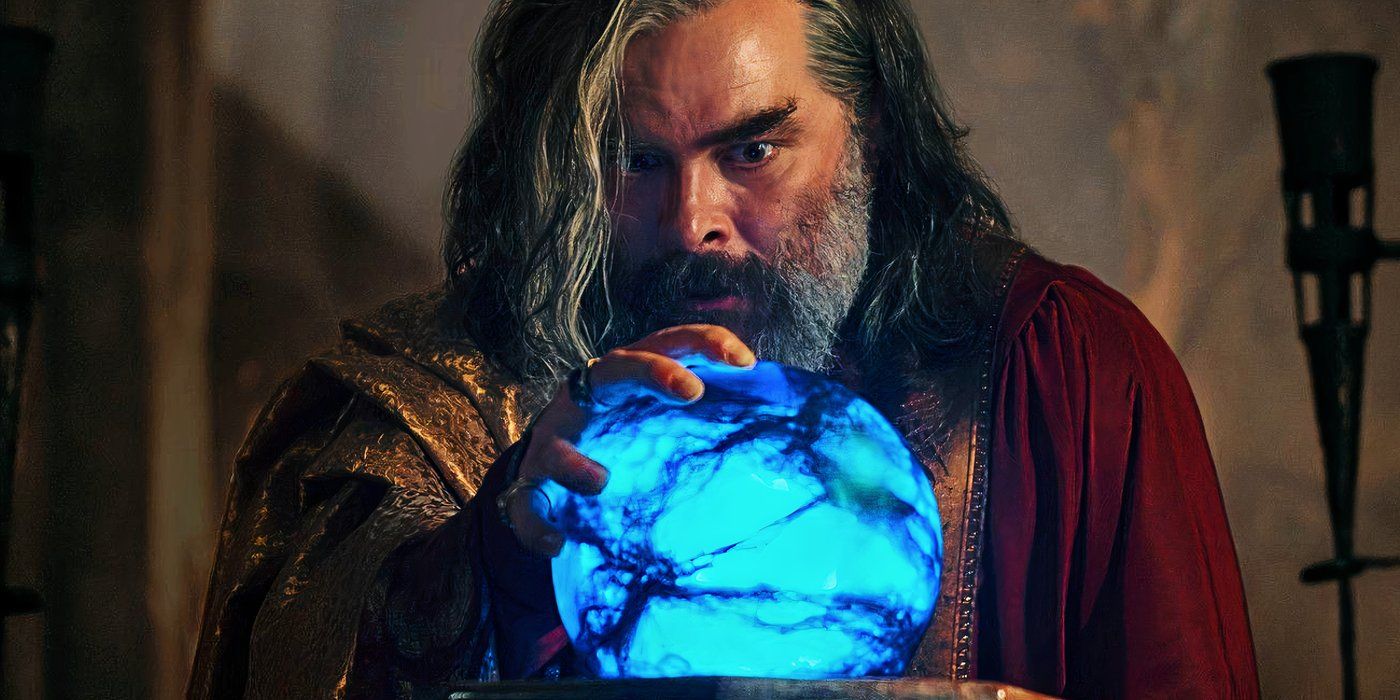
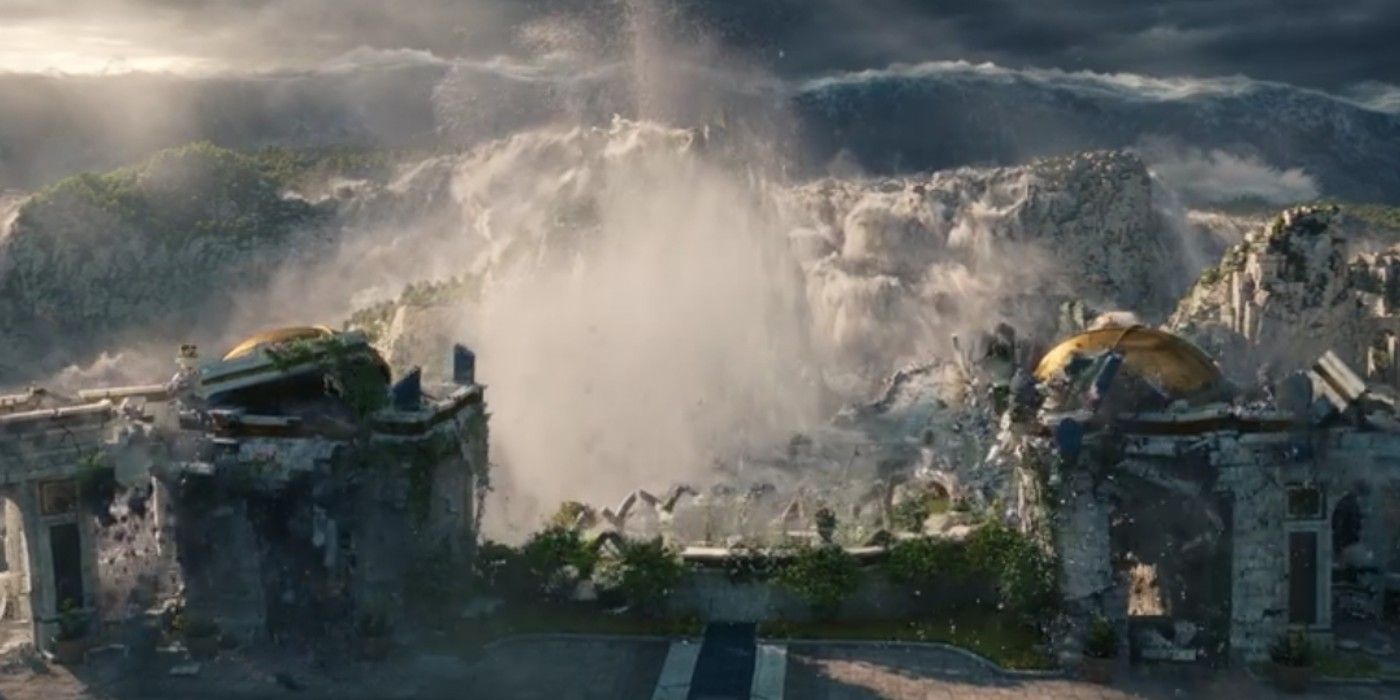
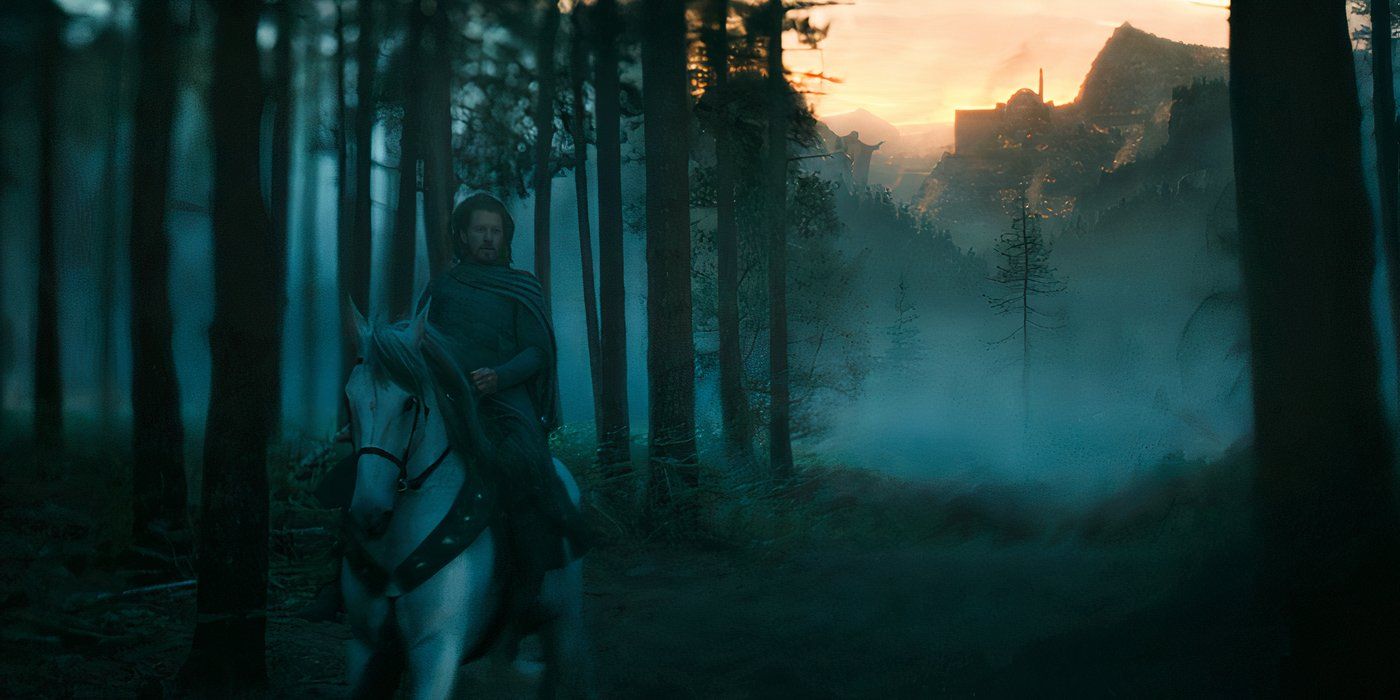
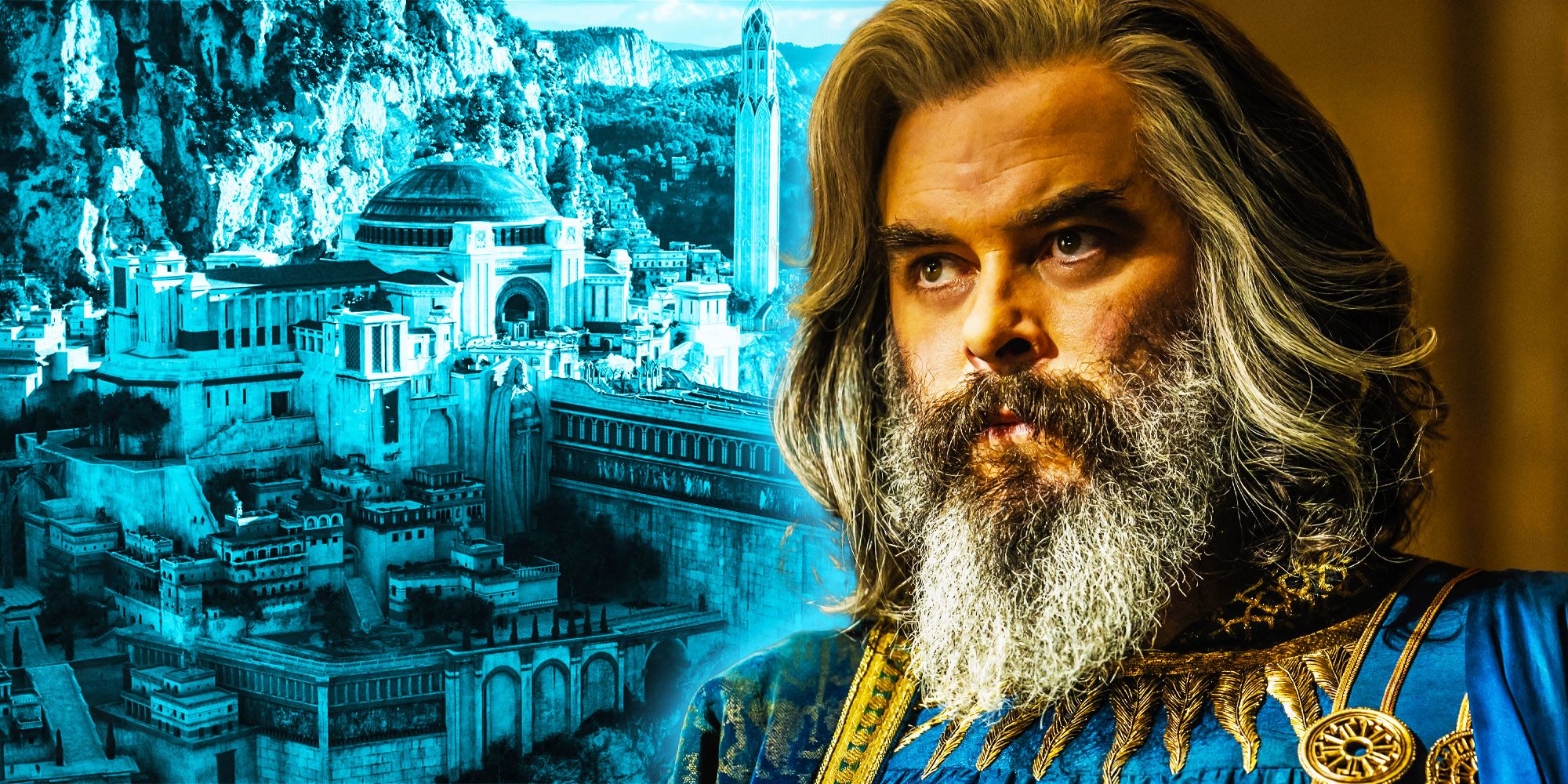





As explained in The Rings of Power season 2 and outlined in Tolkien’s works, Sauron feared Númenor above all others in Middle-earth. Driven by his defeat at The Battle of the Gwathló, Sauron then allowed himself to be taken hostage by the Númenóreans. Upon returning to the island kingdom, Sauron used his mastery of deceit and manipulation to gain the trust of Ar-Pharazôn, Númenor’s king. Sauron’s corruption extended to Númenor’s people, resulting in the destruction of the White Tree and the construction of the Temple of Melkor, a place where those faithful to the Valar were sacrificed.
Sauron continued to manipulate Pharazôn, whose actions had already angered the Valar. Pharazôn was jealous of the long lives of the elves and the Valar, which Sauron exploited. Sauron convinced Pharazôn to attack Valinor and the Valar and claim their longevity for himself and the Númenóreans, greatly angering the God of Middle-earth known as Eru. Eru intervened and unleashed a great wave against Pharazôn and his kingdom, resulting in the fall of Númenor. Sauron was in the Temple of Melkor when the wave washed Númenor away, greatly weakening his spirit, which subsequently returned to Mordor.
Sauron Was Defeated For Generations During The War Of The Last Alliance
The End Of The Second Age Marked Another Setback For Sauron
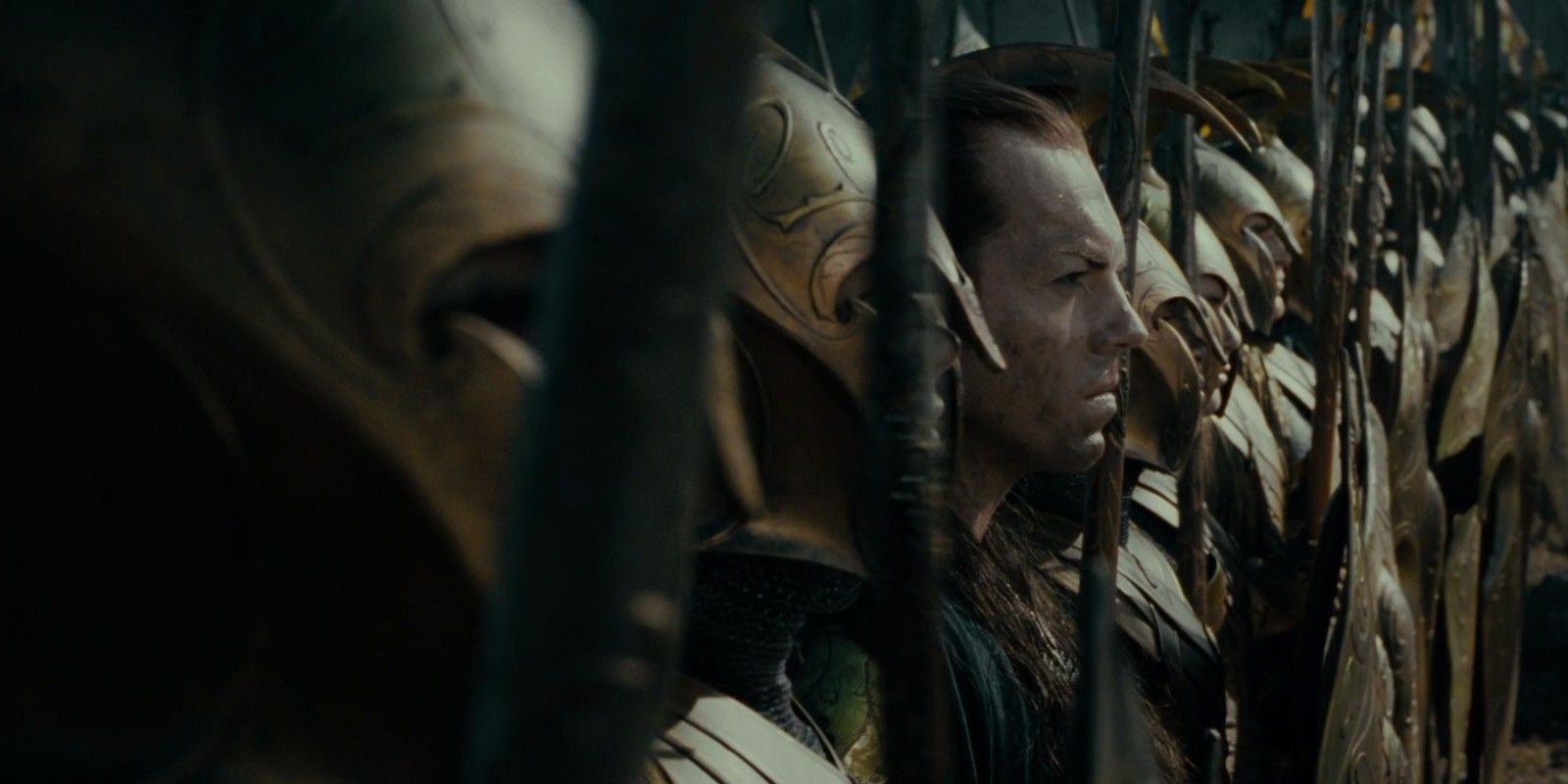
As Sauron recovered his strength in Mordor, a group of surviving Faithful from Númenor led by Elendil formed the Last Alliance with Gil-galad and the elves of Middle-earth. Sauron feared this alliance and ordered a pre-emptive strike against the kingdom of Gondor, formed by Elendil and his sons in Sauron’s absence. Despite the many conflicts that ensued, the Last Alliance reached Mordor and won the Battle of Dagorlad. The Last Alliance established a foothold in Mordor, allowing them to lay siege to Sauron’s dark tower of Barad-dûr.
The War of the Last Alliance was briefly shown in the prologue of Peter Jackson’s The Lord of the Rings: The Fellowship of the Ring.
Staggeringly, the Siege of Barad-dûr lasted seven years, given the strength Sauron had amassed in his fortress. Eventually, though, Sauron feared defeat and took his physical form to meet the armies of the Last Alliance head-on. Sauron engaged Elendil and Gil-galad directly, resulting in a fierce battle that saw all three gravely wounded. Elendil and Gil-galad – two main characters of The Rings of Power‘s cast – were killed, though not without the pillars of the Last Alliance greatly weakening Sauron. Isildur then took up the shards of his father’s sword, Narsil, and cut the One Ring from Sauron’s finger.
Sauron losing the One Ring massively diminished his power, resulting in the dark lord’s biggest defeat since The War of Wrath at the end of the First Age. For thousands of years after his defeat in The War of the Last Alliance, Sauron could not take physical form and lost control over many of his subjects. Defeated and humiliated, it is thought that Sauron retreated east to recuperate his strength once more.
The White Council Defeated Sauron As The Necromancer Of Dol Guldur
Sauron’s Inevitable Return Resulted In Another Loss
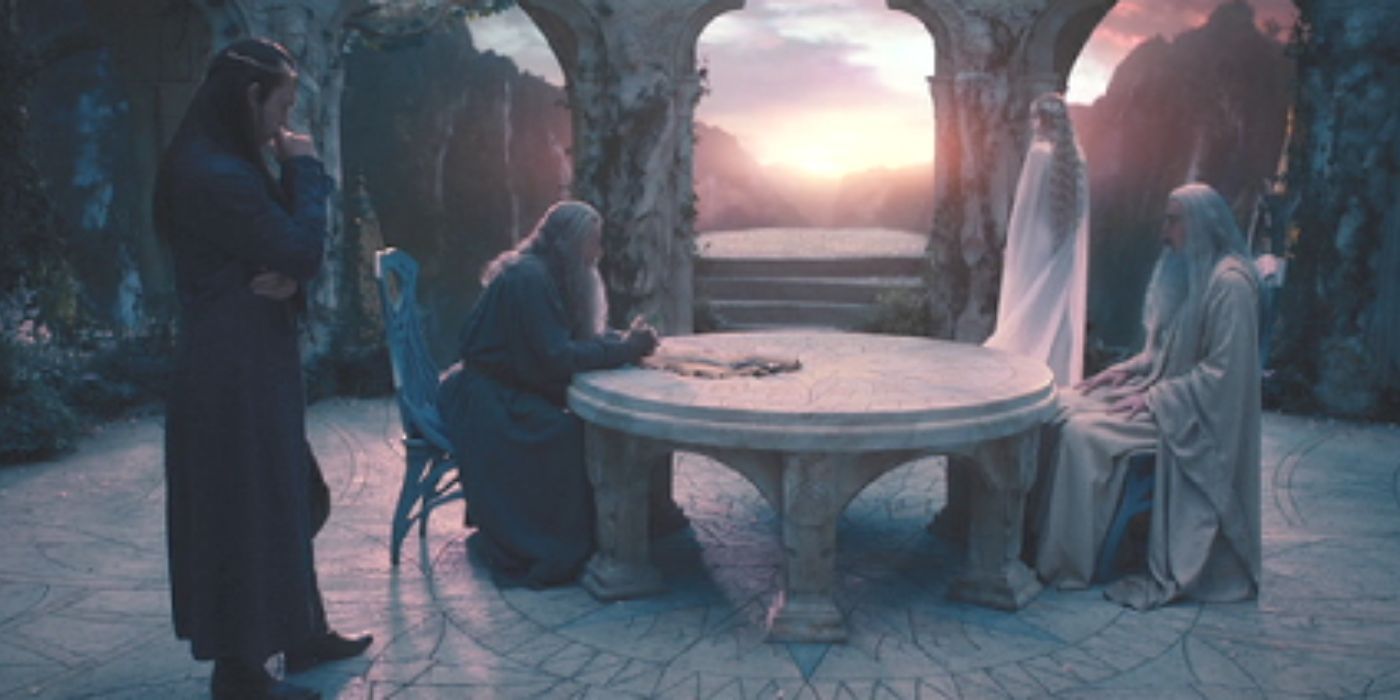
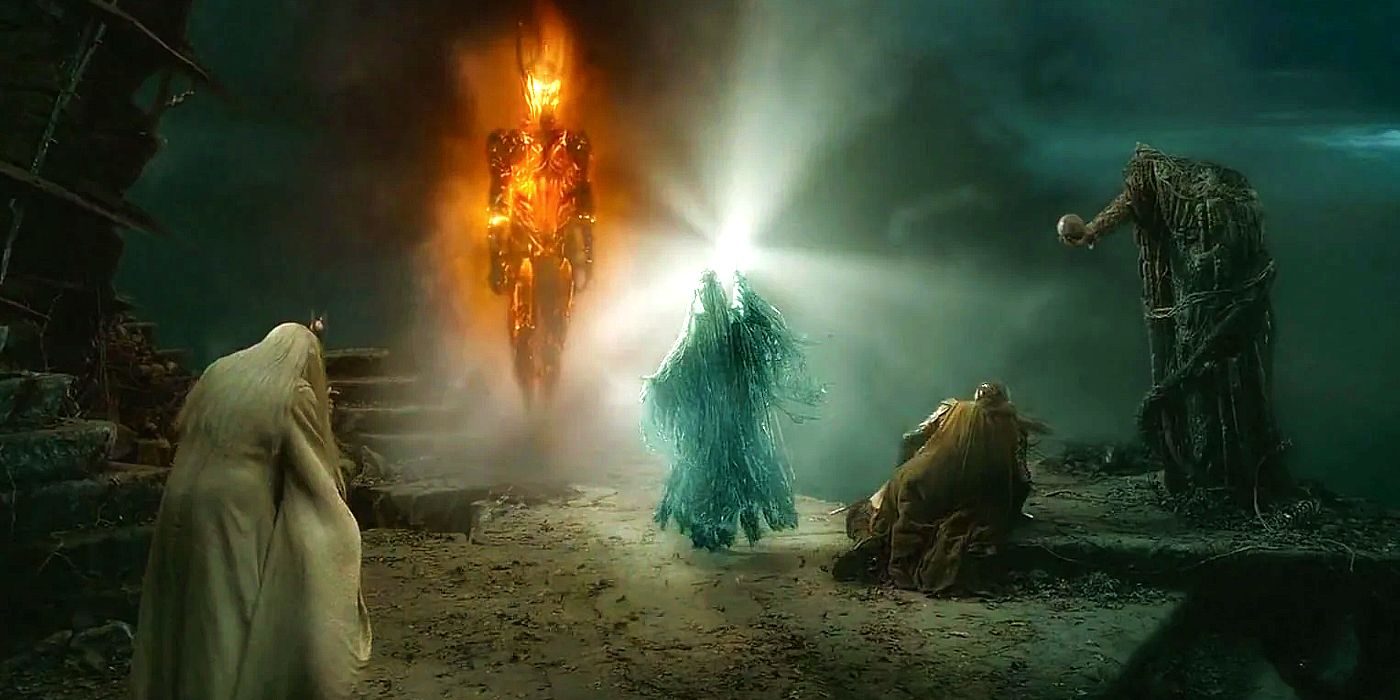
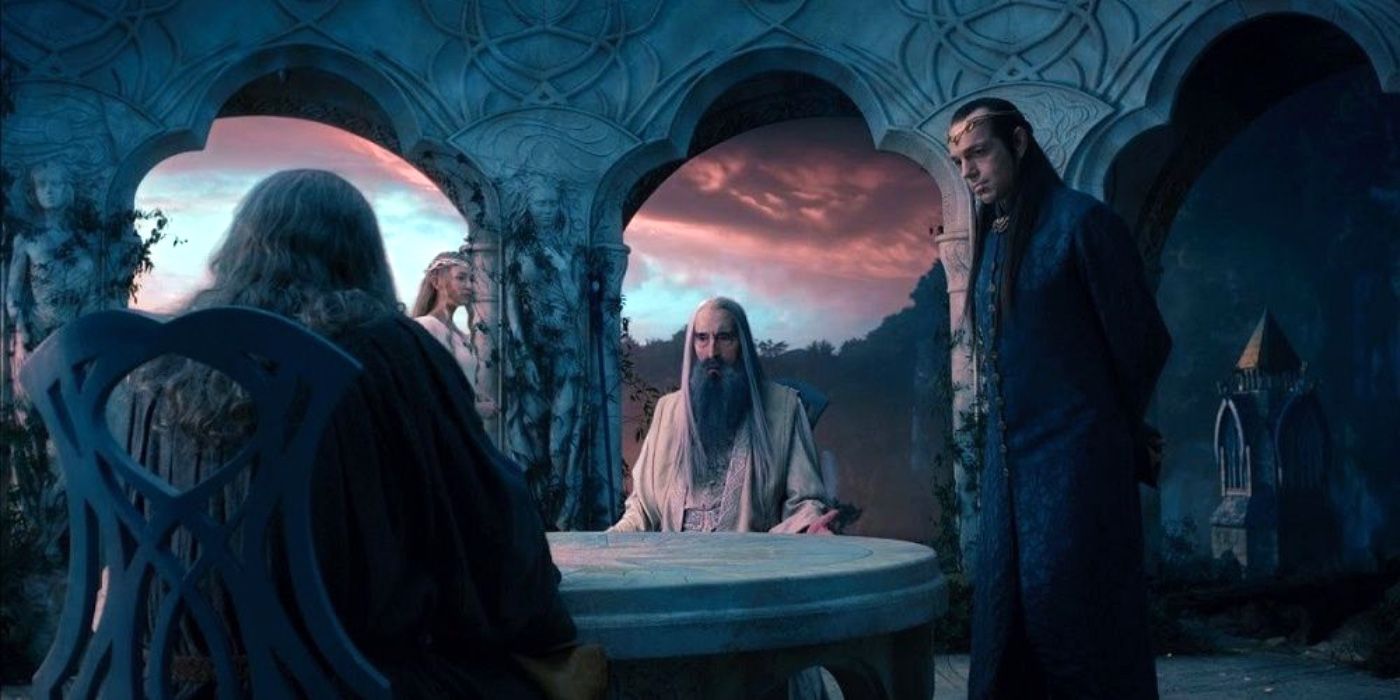
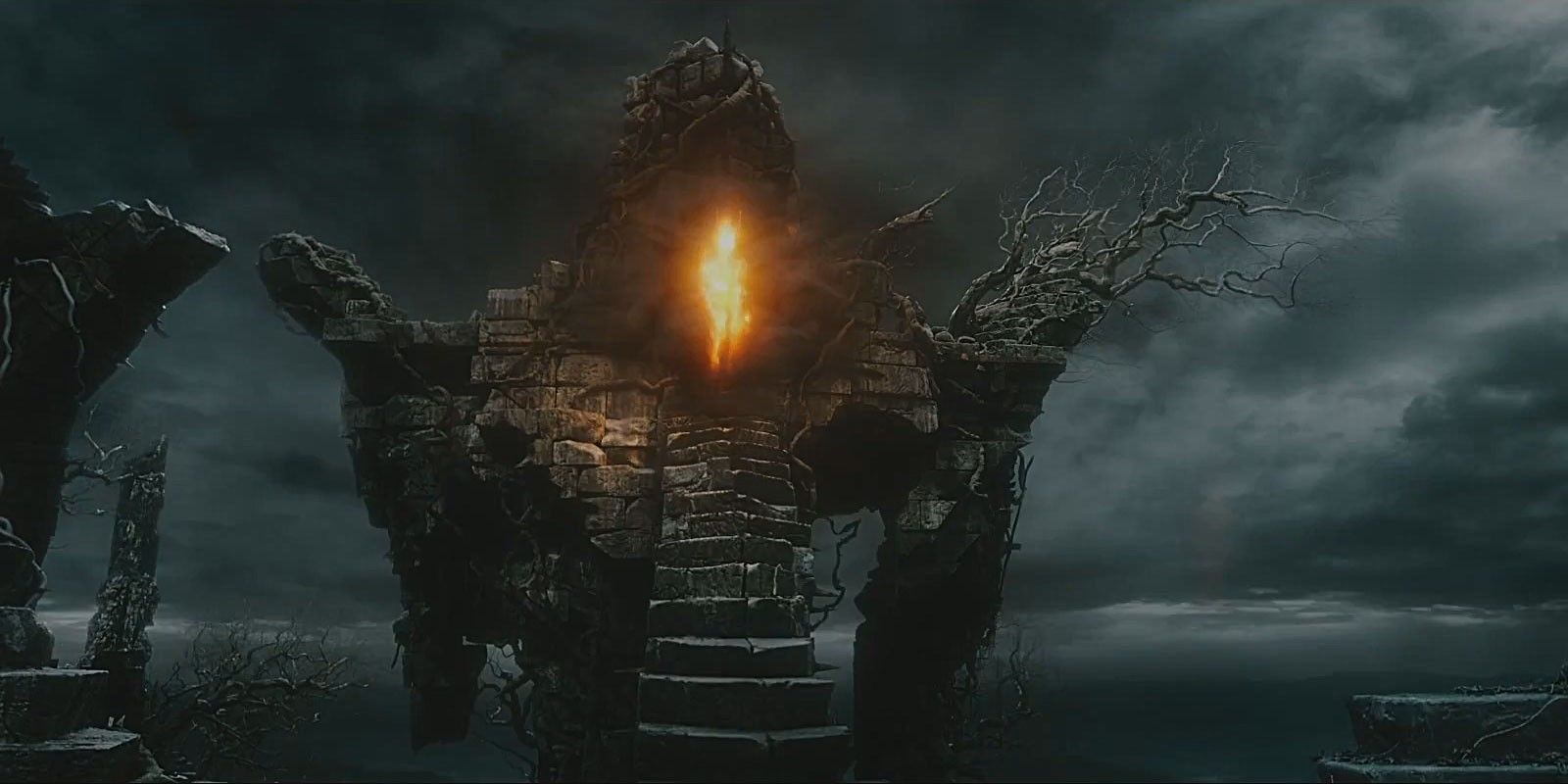
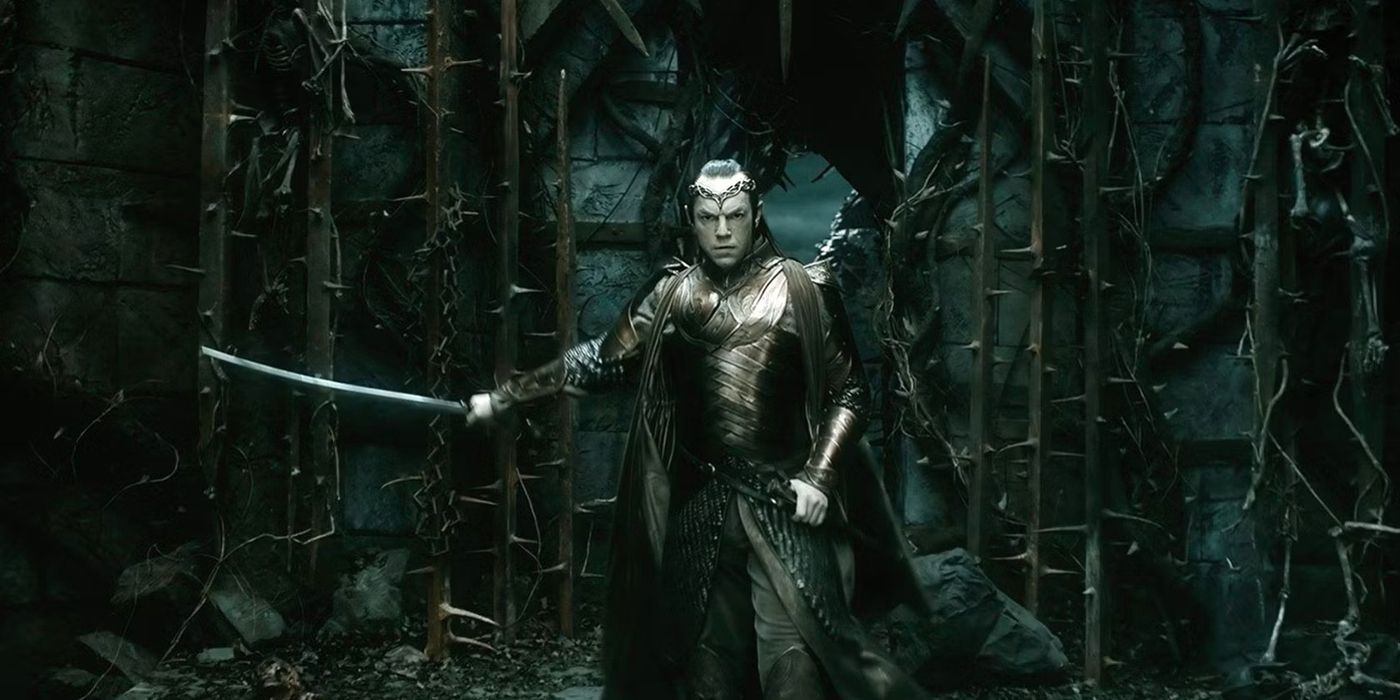





The millennia after The War of the Last Alliance became known as the Watchful Peace at the beginning of the Third Age. The free peoples of Middle-earth went without Sauron’s shadow for generations as the thought of the dark lord and the One Ring faded into legend. Around 1000 years into the Third Age, the Valar sent The Lord of the Rings’ Istar to Middle-earth to keep watch for Sauron and aid the peoples of the land should he return. Another millennium or so later, Sauron took the form of The Necromancer and established a base in Dol Guldur.
One of the Istari, Gandalf the Grey, had long been skeptical of Dol Guldur and The Necromancer. Venturing into the fortress, Gandalf discovered that The Necromancer was indeed Sauron, alerting the members of the White Council and urging them to attack Dol Guldur. The leader of the White Council, Saruman the White, instead opted to wait out Sauron in order to find the location of the One Ring – still the object of Sauron’s desires – so that it could be used against the dark lord.
Members of the White Council
Role in the Third Age
Saruman the White
Leader of the Istari
Gandalf the Grey
Member of the Istari
Galadriel
Lady of Lothlórien
Elrond
Lord of Rivendell
Círdan
Master of the Grey Havens
Eventually, Saruman heeded Gandalf’s words. The White Council attacked Dol Guldur as a means of rooting out Sauron and weakening the enemy once more. The Lord of the Rings’ White Council succeeded in their task, causing Sauron to again flee into the east of Middle-earth as his force of orcs and goblins was defeated during The Battle of the Five Armies.
Sauron’s Final Defeat Came In The Battle Of The Marannon During The War Of The Ring
At Last, Sauron Is Destroyed For Good
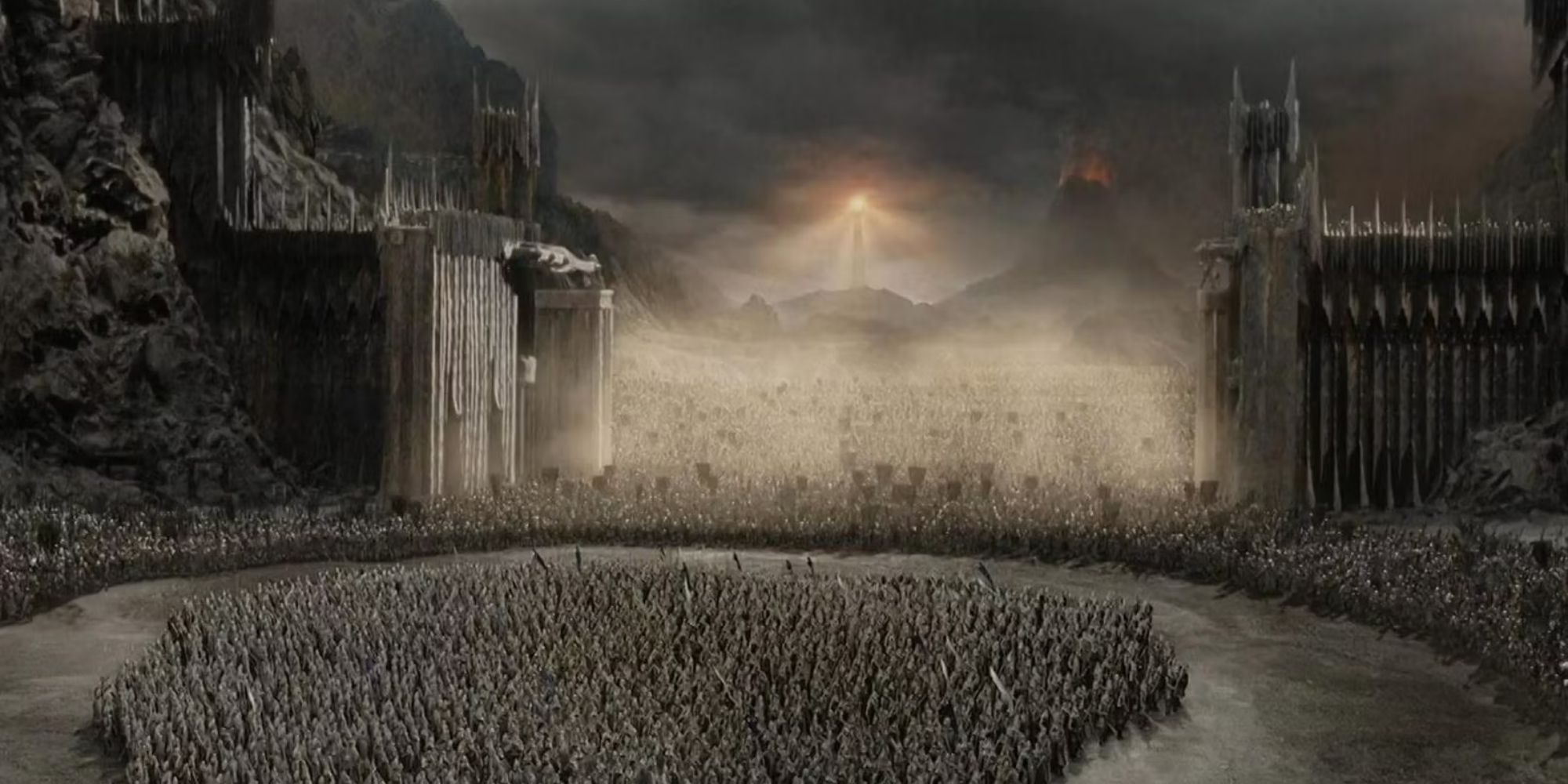
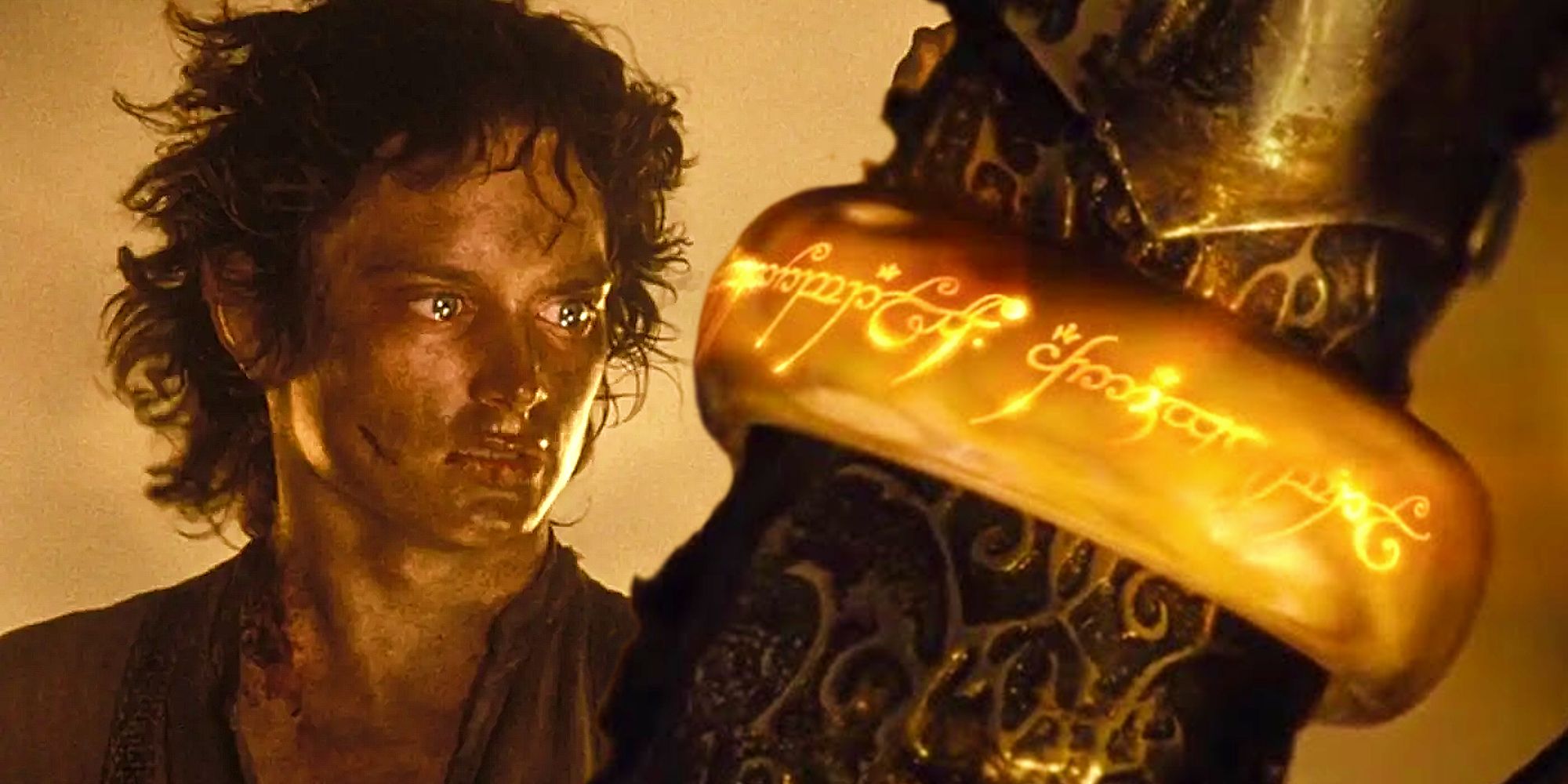
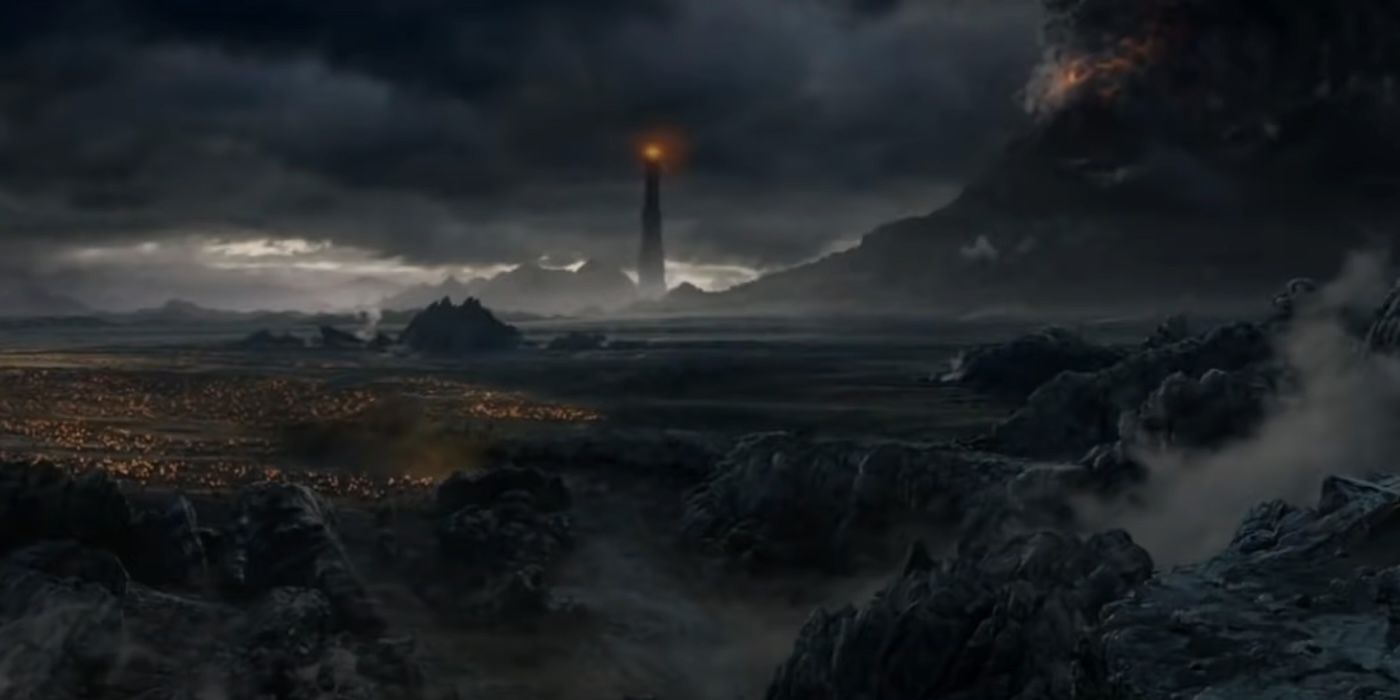
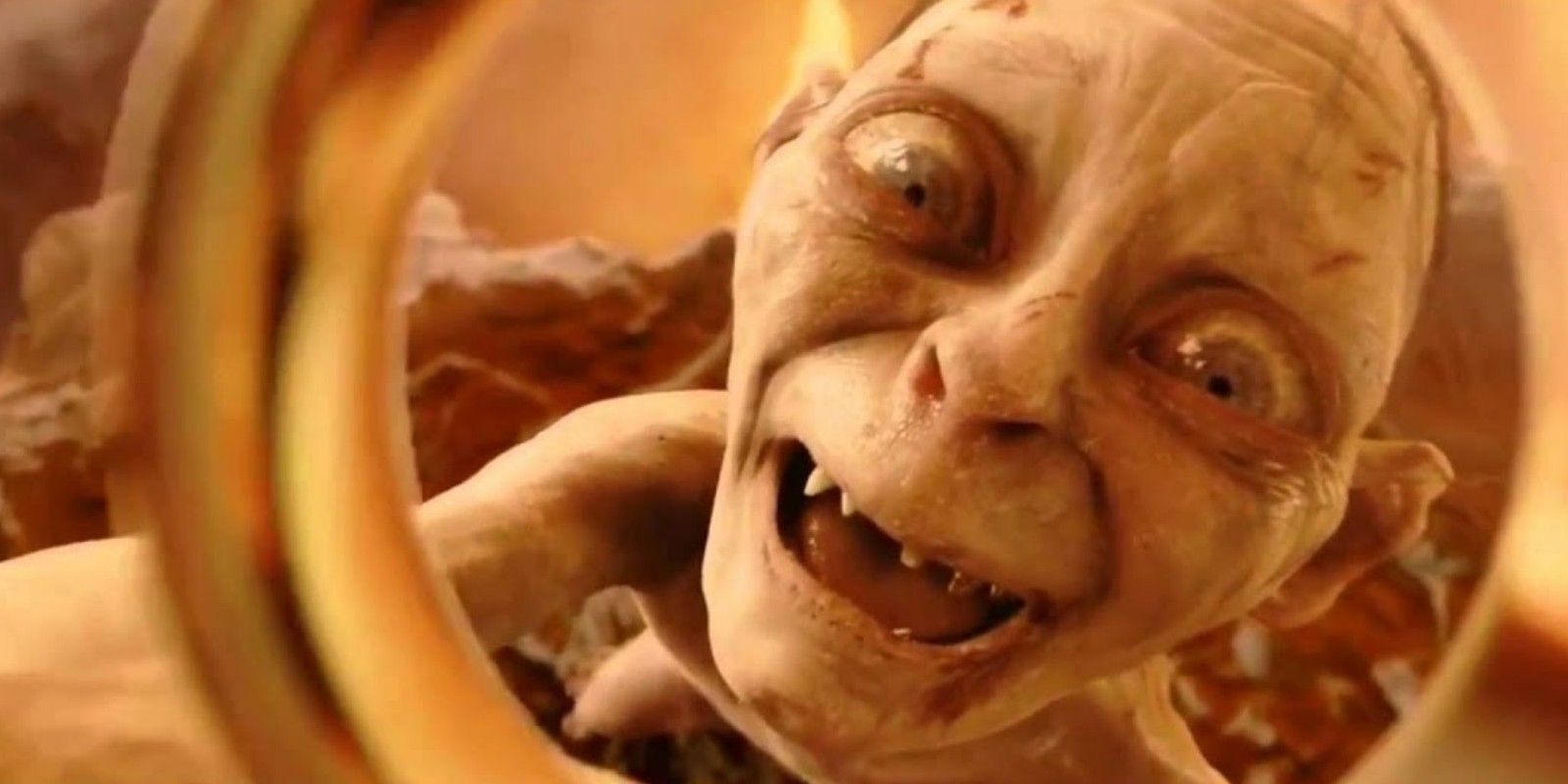
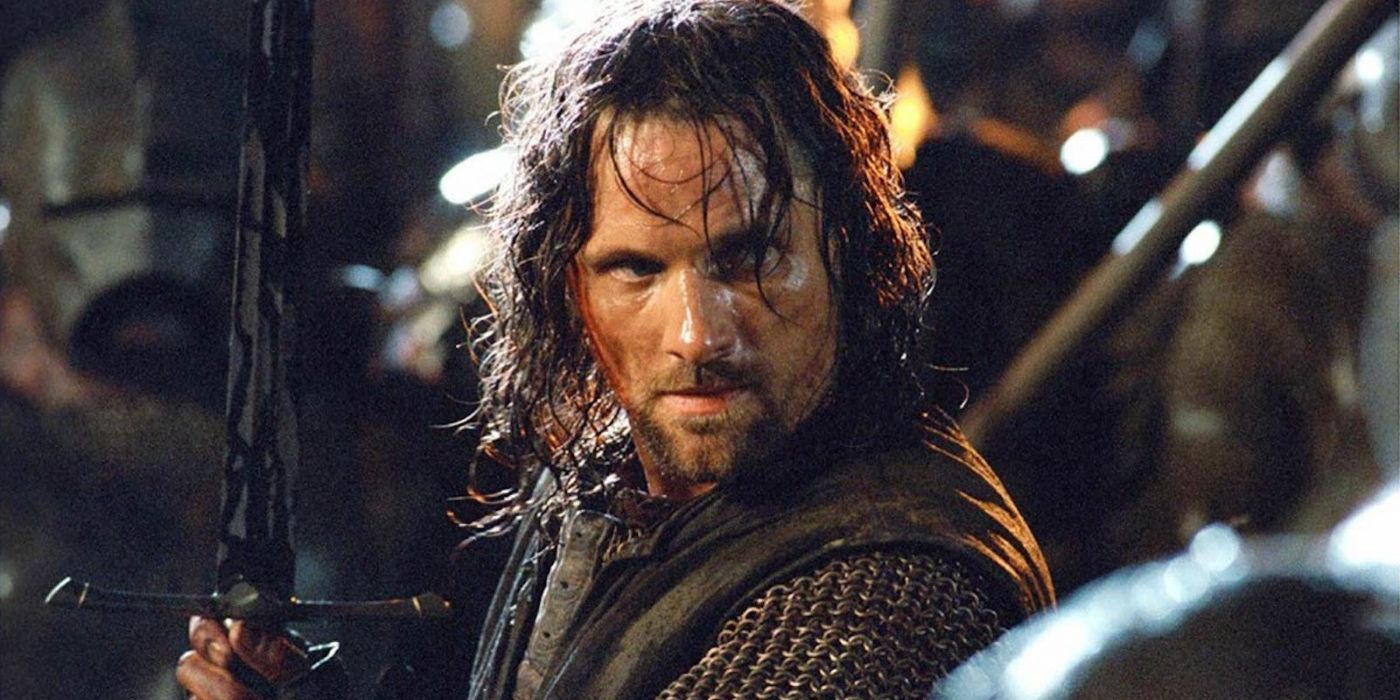





Sauron’s repeated defeats in the Second and Third Ages meant he could not take physical form, instead taking the shape of a lidless eye in Mordor. As the Third Age progressed, Sauron regained a power similar to that which he possessed during The War of the Elves and Sauron and The War of the Last Alliance. Sauron’s servants, The Lord of the Rings’ Ringwraiths, began searching for the One Ring as the dark lord’s other forces began to wage war against the realms of men. Sauron was aided in this war by Saruman, the latter of whom was corrupted by the former’s Palantír.
The conflicts that ensued became known as The War of the Ring, depicted primarily in the many battles of The Lord of the Rings trilogy. After several defeats at the hands of Isildur’s heir, Aragorn, The Host of the West was assembled by the Fellowship of the Ring. The Host of the West marched on Sauron’s Black Gate in an attempt to draw his eye away from Frodo Baggins, who made his way to Mount Doom to destroy the One Ring.
The plan worked; Sauron believed the Host of the West possessed the Ring and unleashed his full military might against them. Frodo, unwittingly aided by Gollum, destroyed the One Ring, dispersing Sauron’s entire bein g once and for all. This marked the end of the Third Age of Middle-earth and the end of Sauron’s millennia of tyranny. After many setbacks, losses, and reappearances, The War of the Ring marked Sauron’s ultimate defeat in The Lord of the Rings, ushering in a Fourth Age of peace.





